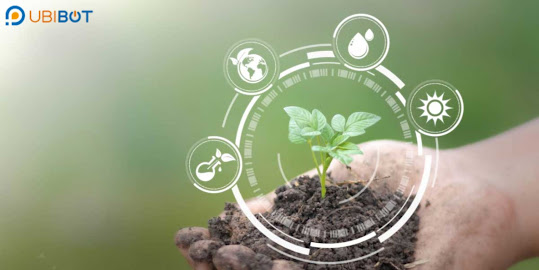How Do IoT-Based Technologies Facilitate Environmental Monitoring?

IoT’s applications in environmental monitoring are many – inclement weather monitoring, environmental protection, commercial farming, water safety, protection of endangered species, and several others. In these applications, IoT Environmental Sensors measure and detect various kinds of environmental changes. This detection is mandatory in multiple industries for the sake of human safety and the prevention of damage. Kinds of Environmental Changes IoT-enabled Environment Sensors can Detect: 1. Water and Air Pollution Most monitoring technologies for water and air safety primarily use human labour as well as advanced instruments. IoT based smart agriculture betters this technology by decreasing the requirement for human resources and thus minimizing the chances of human errors. This allows frequent sampling, real-time monitoring, and sophisticated testing. So, substantial contamination and various disasters can be prevented accordingly. 2. Commercial Farming Modern comm...
